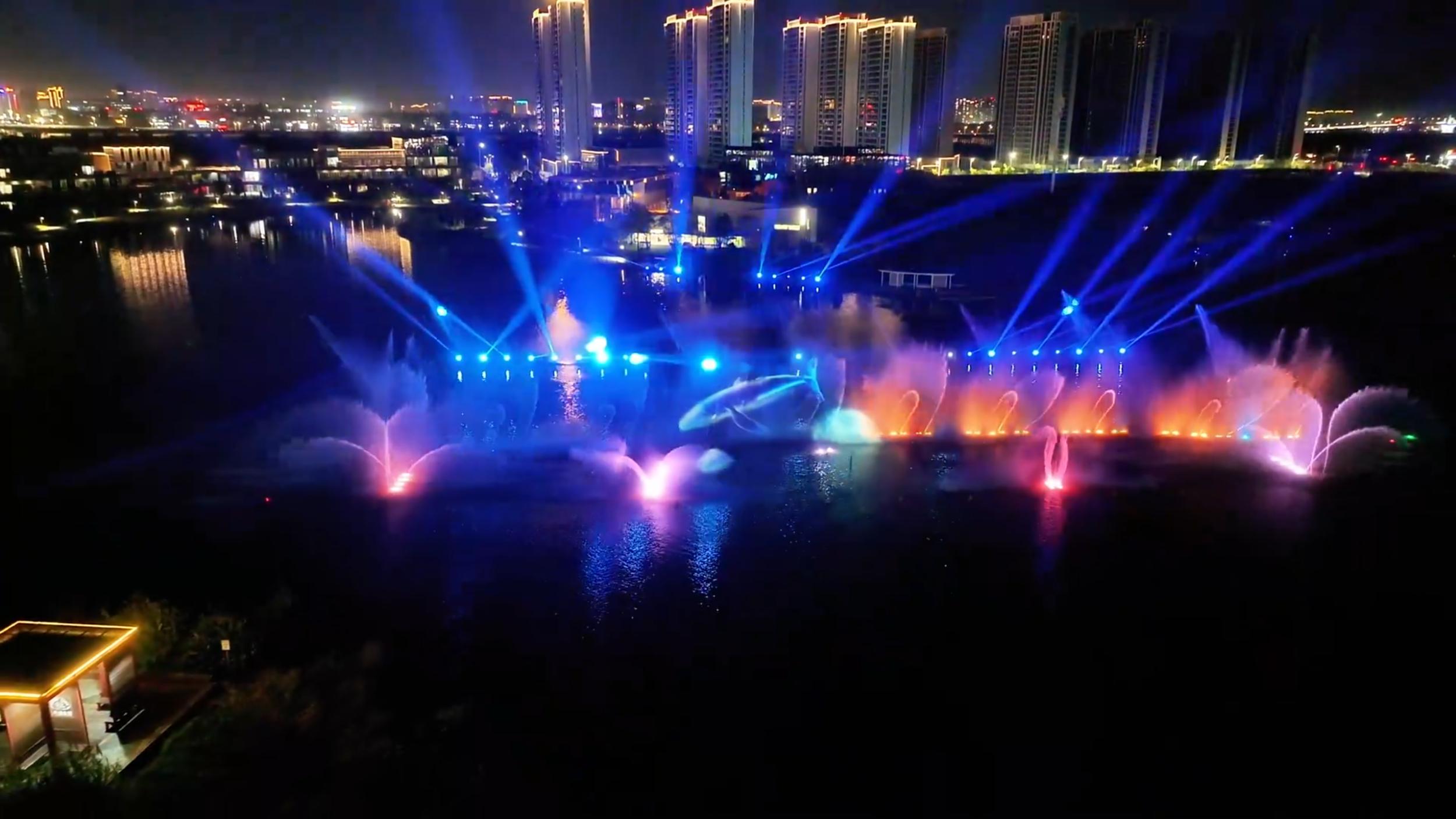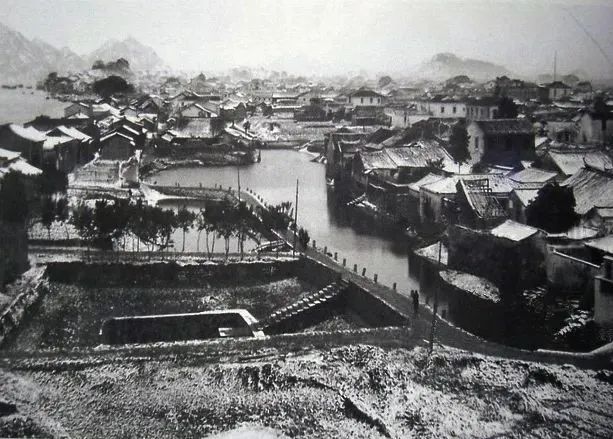【瓯海区】A new chapter in China’s space exploration
Chinese astronauts successfully carried out the country’s first spacewalk outside their space station on 4th July, 16 days after the successful launch of the Shenzhou-12 spacecraft. The spacewalk is only the second by Chinese astronauts since the Shenzhou 7 manned mission of 2008, which was conducted outside a spacecraft.
Shenzhou-12 astronaut Boming Liu left the Tiangong space station at 11:02 AM on 4th July and was late joined by crewmate Hongbo Tang. Meanwhile, the mission’s commander, Haisheng Nie, stayed inside the Tianhe “Harmony of the Heavens” crew module to support them. The mission of the spacewalk is to work on the module’s robotic arm, which they installed will assist future missions as China looks to complete its new space station sometime in 2022. The two astronauts went back into Tianhe at approximately 18:50 PM making the entire spacewalk around seven hours. The safe return of astronauts to the Tianhe core module marks a significant milestone in China’s rapidly expanding space program. In the past year, China successfully landed its first-ever rover on Mars and retrieved rock and soil samples from the Moon.
The origin of Chinese Astronomy can be traced back to remote antiquity. Recently, remains of a 4000-year-old astronomical observatory were discovered at Taosi archaeological site, where observations made when the Sun rose in different gaps between a series of pillars were used to monitor the calendar and identify the seasons. Unfortunately, although China had a strong tradition in astronomy in ancient times, this did not provide a good base for the emergence of astrophysics because traditional Chinese astronomy was fundamentally different from modern astrophysics. The sponsorship and management of the Chinese government built a solid foundation for astrophysics in the 1950s and 1960s, which was revealed as the launch of China’s first man-made satellite ‘’Dong Fang Hong I’ (‘The East Red 1’) on 24th April 1970. The continued development of astrophysics enables China to rapidly expand its space program. Since the first launch of Shenzhou-1 spacecraft in 1999, China has successfully launched 11 more spacecraft for space expedition in the new millennium, including 7 manned missions. It is projected that the Chinese version of the Apollo space program will be carried out in 2033.
The rapid development and achievement of Chinese space progress is evident proof of the rapid industrialization and modernization in China. The once extremely poor country has become the one of the most powerful countries on Earth under the leadership of the Chinese Communist Party (CCP). It is impossible to carry out such space missions without the economic and technological support from an industrialized country. If the Apollo mission was the product of the cold war, the expedition of Chinese astronomy is the fulfilment of ancient Chinese dreams. The Chinese planetary exploration missions were named ‘Tianwen’. The name comes from the long poem "Tianwen," meaning Heavenly Questions or Questions to Heaven, written by Qu Yuan (about 340-278 BC), one of the greatest poets of ancient China. In "Tianwen," Qu Yuan raised a series of questions in verse involving the sky, stars, natural phenomena, myths and the real world, showing his doubts about some traditional concepts and the spirit of seeking the truth. The name reflects the Chinese nation's perseverance in pursuing truth and culture of exploring nature and the universe. The spacewalk on 4th July is not only a new chapter of space expedition for Chinese, but only the solid step to answer the questions from ancient Chinese ancestors.
本文转自:温州新闻网 66wz.com
为你推荐
-

新政惠民!温州住房公积金贷款同比增长46.95%
社会12-14
-
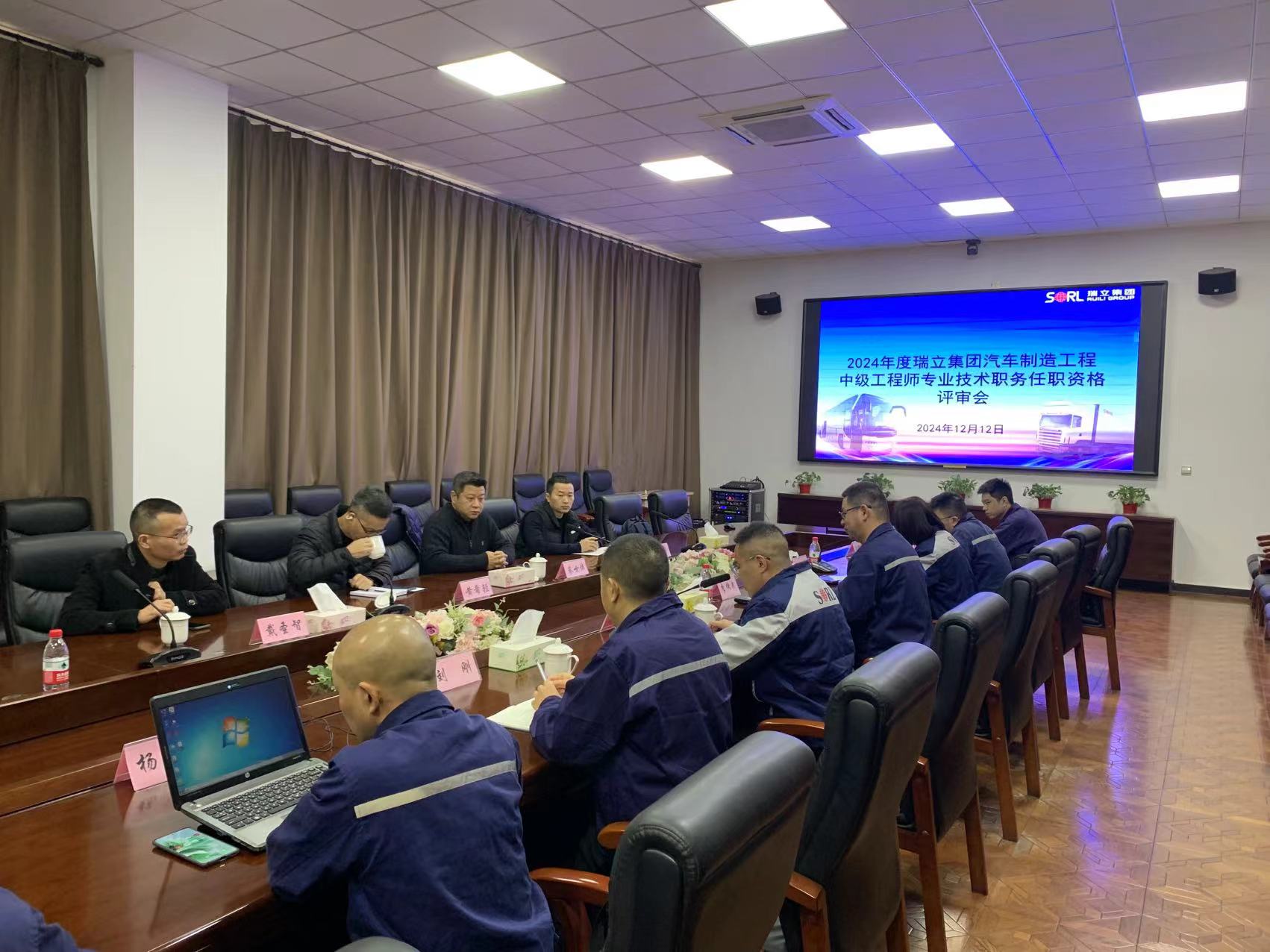
优化人才评价体系 73人通过“问企识才”机制改革获评职称
社会12-14
-

从建筑码到房屋码实现“一码全链” 这场全国性会议上“温州经验”受关注
社会12-14
-
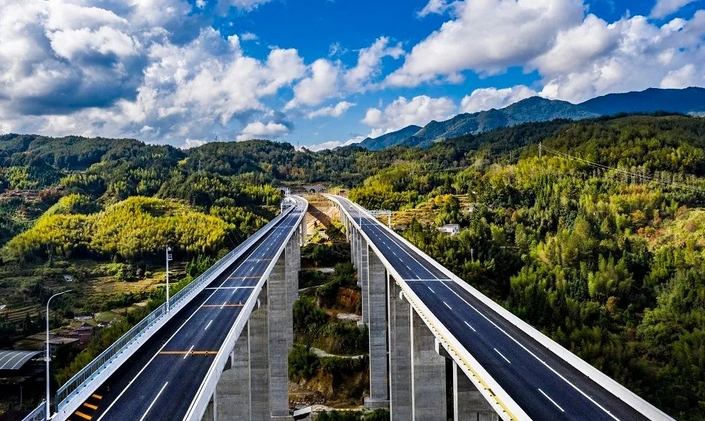
代表委员看温州交通变化 高速里程从全省倒数第二到全省第三
社会12-14
-
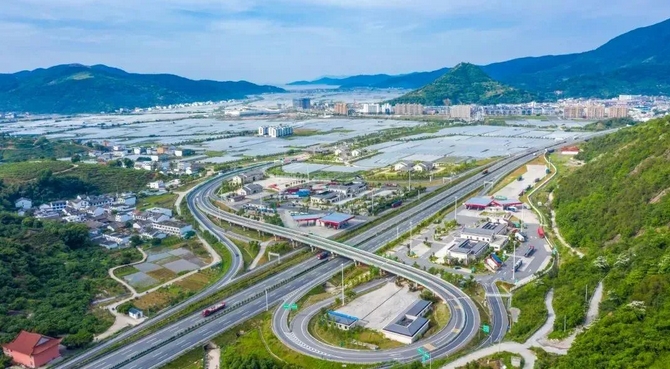
苍南启动省级共富乡村试点建设 一条国道串联5个抱团乡村
社会12-14
-

无土栽培 自动浇灌…… 鹿城这里有个种草莓的“植物工厂”
社会12-14
-
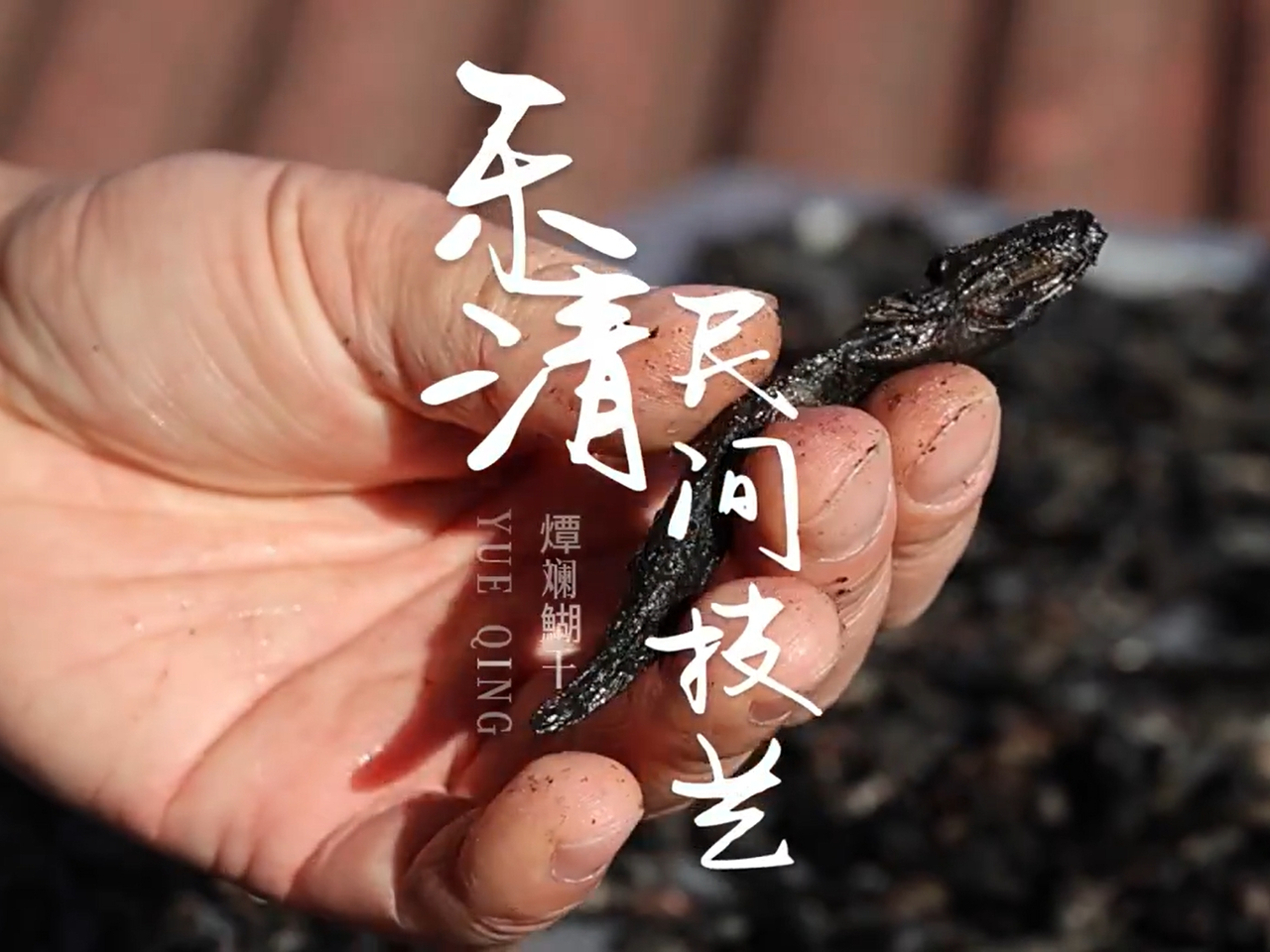
这个乐清民间技艺仅冬日可见!错过等一年
社会12-14
-
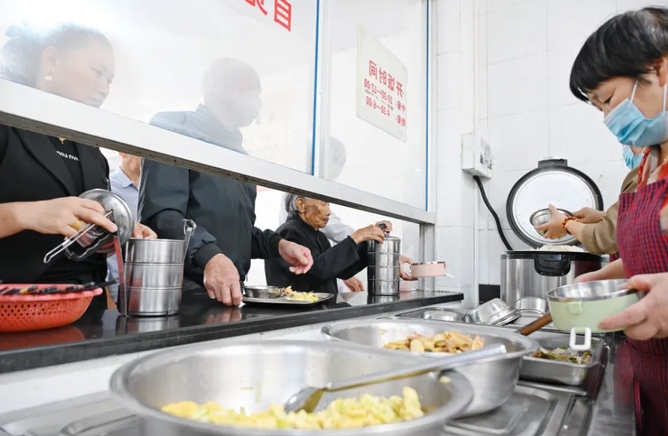
乐清这间乡村公益老年食堂老火了 持续温暖11年
社会12-14
-
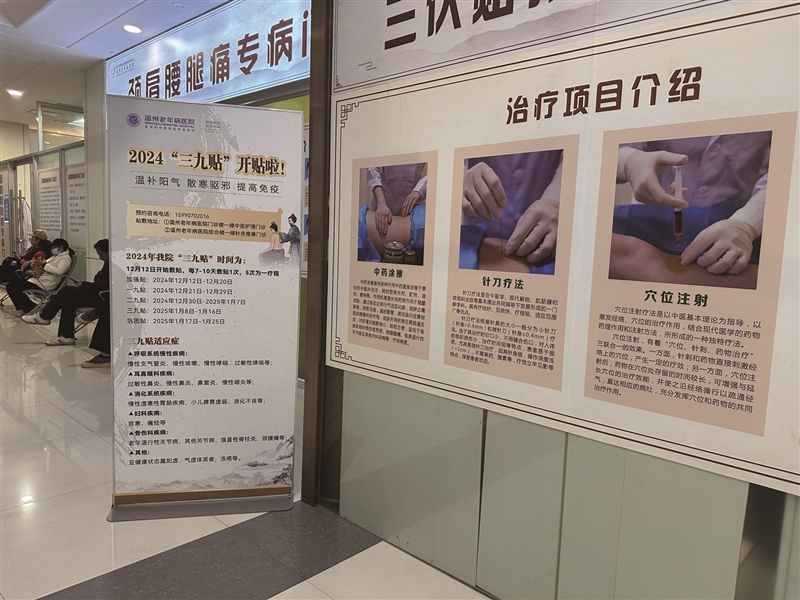
三九补一冬!温州多家医院开启“三九”养生项目
社会12-14
-
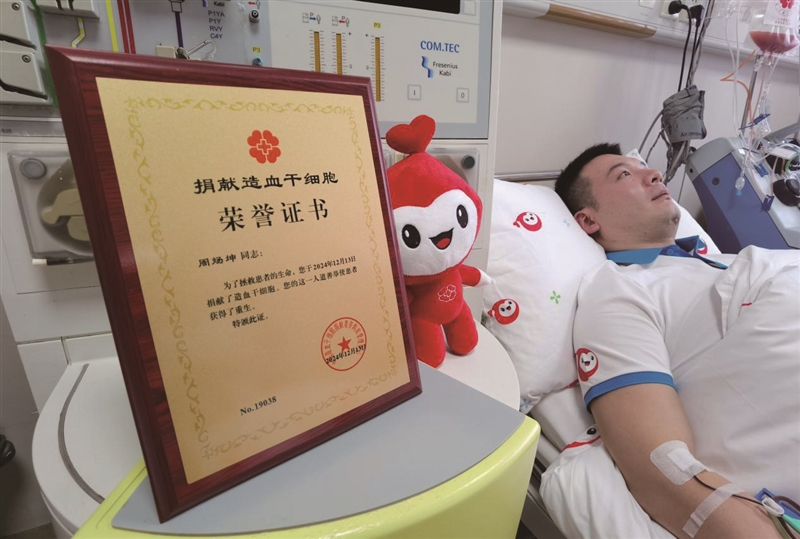
温州今年造血干细胞捐献者人数超20例 为历年最多
社会12-14


